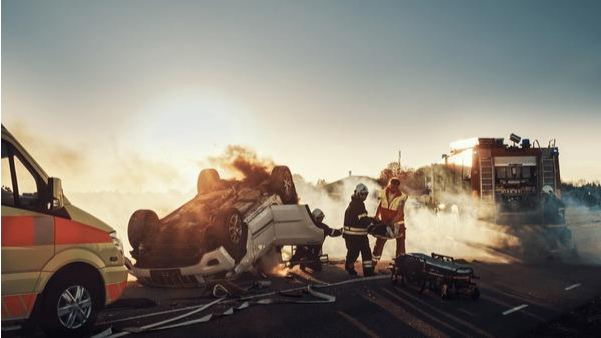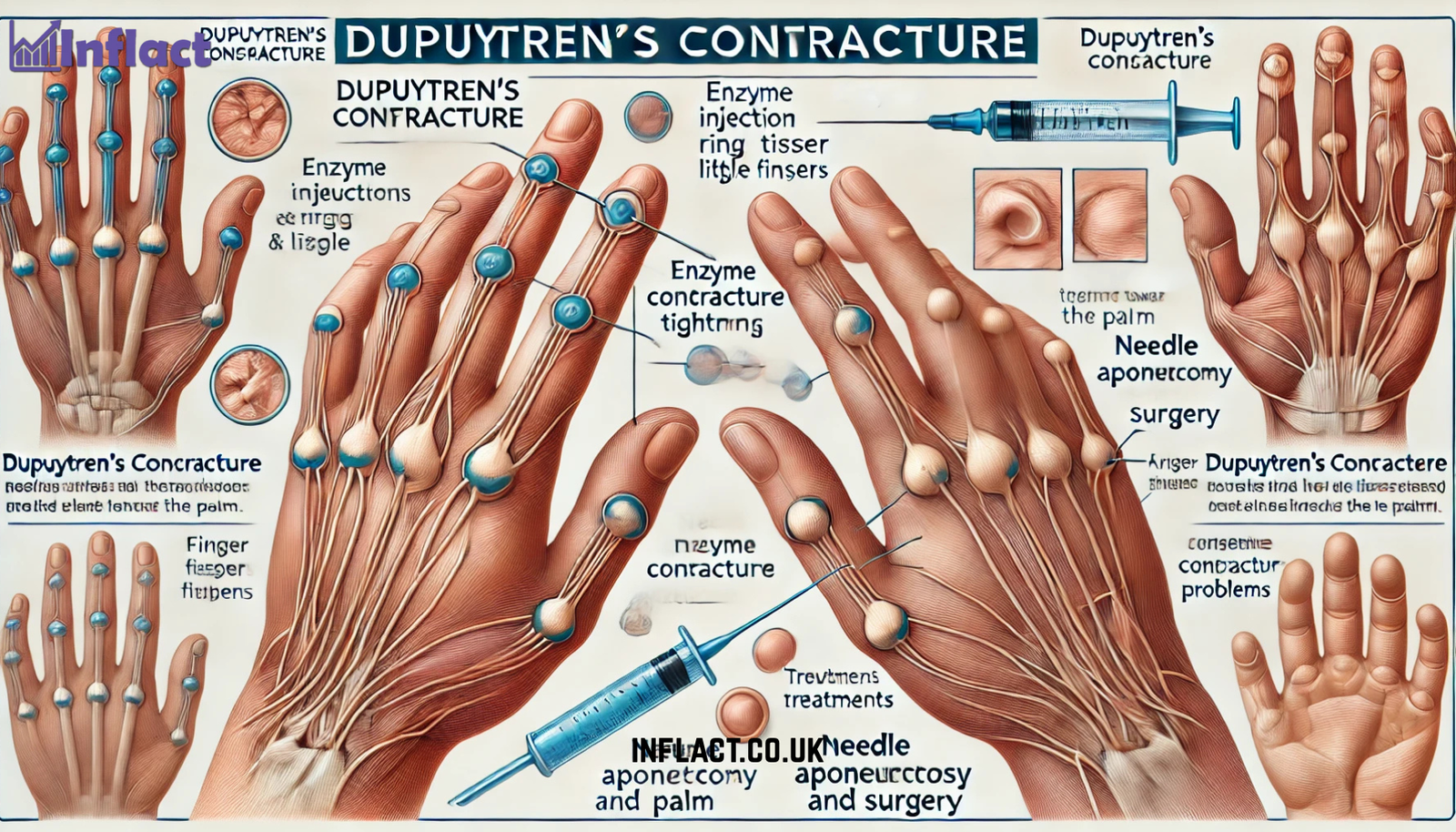A rollover accident is one of the most dangerous types of vehicle crashes. Unlike typical collisions, a rollover involves a vehicle flipping onto its side or roof, sometimes multiple times. This violent motion subjects the occupants to extreme forces, often leading to severe injuries or fatalities.
The NHTSA reports that rollover accidents account for about 35 percent of all traffic fatalities, making them more deadly than many other types of crashes. The causes of rollover accidents vary but often involve factors like speeding, sudden maneuvers, or impaired driving.
When a vehicle loses control and rolls, passengers face a high risk of serious harm. Suppose you or someone you know has been involved in such a crash. In that case, it is crucial to consult an experienced attorney for serious rollover accident injuries to navigate the complex aftermath and protect your rights.
Why Rollover Accidents Are So Dangerous
Rollover crashes differ from other accidents mainly due to the violent flipping motion and multiple points of impact. This unpredictability increases the likelihood of catastrophic injuries.
The forces involved can throw occupants against hard surfaces inside the vehicle or even eject them entirely, especially if seat belts are not worn. Cars with a higher CG, like SUVs and trucks, are more likely to rollover, particularly at higher speeds or during sudden turns.
Dangers of Rollover Accidents
Rollover accidents cause victims serious injuries that can affect their everyday lives. The injuries sustained in rollover accidents are often severe and varied:
- Traumatic Brain Injuries (TBI): Passengers may hit their heads on the roof, windows, or steering wheel during the violent flipping. These injuries can cause bruising, bleeding, and long-term cognitive impairments.
- Spinal Cord Injuries: The twisting and compressing forces can damage the spine, potentially leading to paralysis or lifelong disability.
- Broken Bones: Arms, legs, ribs, and other bones can break due to impact on the vehicle interior or crushing forces.
- Internal Injuries: Damage to organs and internal bleeding may not be immediately visible but can be life-threatening if untreated.
- Death: The combination of these injuries often results in fatalities, highlighting the extreme danger of rollover crashes.
What to Do After a Rollover Accident
If you survive a rollover accident, immediate medical attention is critical, even if injuries are not apparent. Internal injuries and concussions can worsen rapidly without treatment. Once safe, documenting the accident scene and gathering witness information can be helpful for any legal or insurance processes.
Because rollover accidents often involve complex liability issues and significant damages, consulting a skilled attorney is advisable. A lawyer can help you evaluate your case, negotiate with insurance companies, and get compensation for pain and suffering, missed wages, and medical costs.
Final Thoughts
Rollover accidents pose a unique and serious threat on the road due to their violent nature and the severity of injuries involved. Being aware of the dangers and responding appropriately afterward can improve both medical and legal outcomes.
Seeking professional legal guidance ensures that victims have the support they need during a challenging time. Staying informed and prepared is essential when dealing with the aftermath of such a life-altering event.




